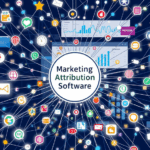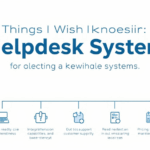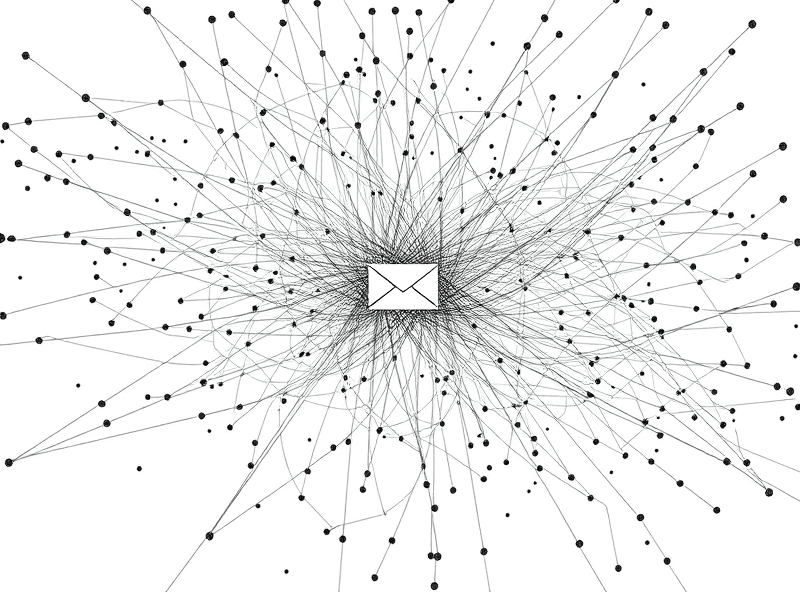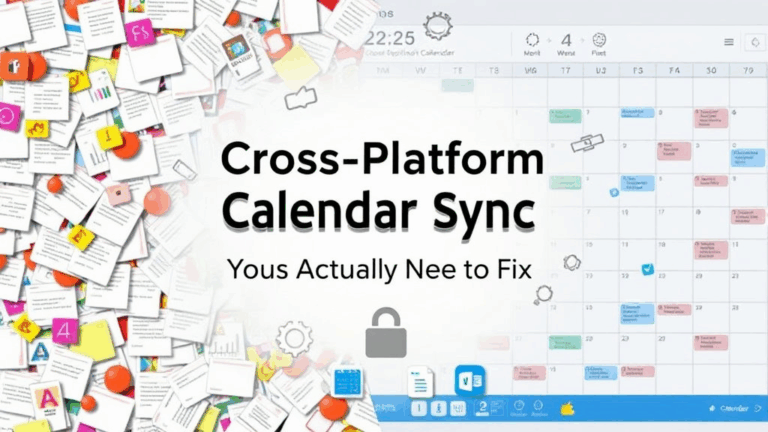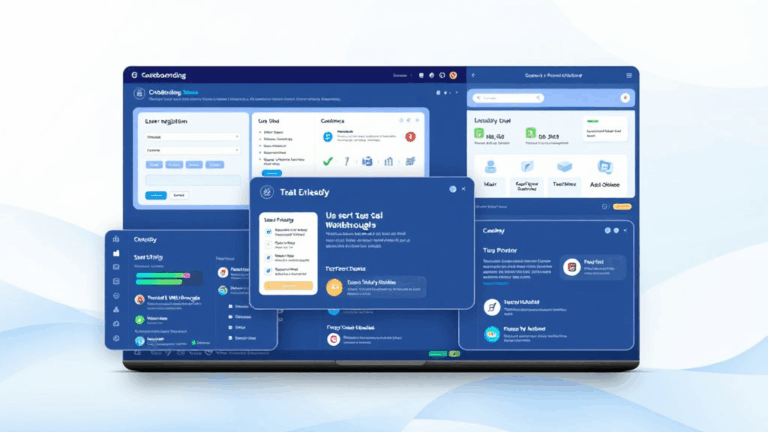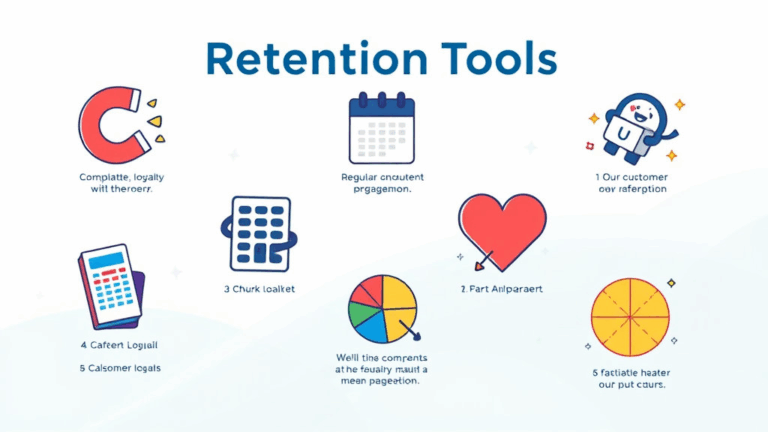Why Your CRM-Linked Lead Gen Tool Keeps Breaking Things
When CRMs Demand More Than the Lead Form Can Handle
So the first time I tried to hook a Typeform lead gen form into HubSpot, I assumed it’d be no big deal. Zapier in the middle, job done, right? Nope. I started getting records in HubSpot with missing last names and completely scrambled UTM data. A few hours (and a lot of log-watching) later, it turned out Typeform fields were passing nulls for optional questions… and HubSpot didn’t love that.
The fun part? If a field is defined in your CRM but is missing on submission, some systems interpret that as a zero-value update. Which means overwriting actual data with blanks. This is especially common when you’re mapping dynamic form keys into rigid CRM property schemas.
- Make sure optional lead gen fields don’t exist in the CRM unless you care
- Don’t rely on Zapier’s default field mapping—it passes
nullfreely - Normalize all input keys before pushing to the CRM
- If you’re using Lead Ads (like Facebook), sanitize everything through a middleware before hitting the CRM
- Some CRM APIs will reject updates with empty strings—but others accept them silently
I think the Aha moment came when I realized that you can use a simple hook in Zapier to transform empty strings into undefined, which most CRMs just silently skip over. It’s dumb that this isn’t standard behavior. But it works.
Lead Source Attribution Stops Working After Integration
Attribution gets janky the second you bring a third-party lead tool into the flow. One particular nightmare: embedding a Calendly widget on a landing page and expecting UTM tracking via CRM. Bad move.
Calendly hosted pages strip referrer data if iframe-embedded. That means when someone books a call, the UTM from the original page is gone unless you explicitly capture it via URL params and throw it into hidden fields.
Quick fix that kind of works:
<input type="hidden" name="utm_source" value="" id="utm_source_field" />
<script>
const urlParams = new URLSearchParams(window.location.search);
document.getElementById('utm_source_field').value = urlParams.get('utm_source');
</script>But then surprise: your CRM might interpret that value as a new Lead Source, creating inconsistent reporting dimensions (“Google” vs “google” vs “Google Ads”). HubSpot’s auto-deduplication does not clean these up.
If you’re funneling multiple lead gen sources (Calendly, Typeform, Webflow forms) into one CRM object structure, use a central function to slugify and label sources consistently before creation. Otherwise you’ll wind up digging through a report with ten entries for the same campaign just because someone uppercased something.
Duplicate Leads Caused By Race Conditions
There’s a weird bug I ran into while integrating Intercom leads into Salesforce. If a user fills out a chat with contact info, Intercom creates a lead entry. If ten seconds later, Zapier also reads the lead data and pushes to Salesforce, and your Salesforce instance buffers for any reason (looking at you, custom validation rules), you can end up with two records that get merged the wrong direction or not at all.
This is a timing issue. Especially with tools that hold writes in a queue (like Integromat or Slack-CRM bridges), you get race conditions for lead creation. The slug logic ends up failing because both entries use similar identifiers but hit at different times.
Best way I’ve found to mitigate this:
- Use a central dedup service (like Clearbit Enrichment or even a manual UUID field based on email hash)
- Configure the CRM webhook to delay creation until a flag confirms no dupe exists
- Enforce a key constraint on email+campaign combo where possible
And if you’re using Salesforce, heads up: its REST API doesn’t enforce dedupe during bulk write. You will get dupes unless you explicitly run a post-process job to clean them. The docs don’t really warn you about that—got burned on that one.
Nonstandard Field Names Break Sync
This should be obvious but somehow wasn’t when I tied Webflow forms into Zoho CRM via Make.com. Turns out Webflow uses randomized input field names unless you override them. That’s fine until the mapping tool can’t find your first_name field and you’re wondering why every lead has blank names in Zoho.
Check for:
- Fields named like
wf-name-1e4502 - System-reserved tokens (like
name_firstvsfirst_name) - Inconsistent camelCase vs snake_case issues
One undocumented edge case: Pipedrive’s webhook won’t parse camelCase keys unless you check “Accept custom fields” on the form mapping. That setting is buried two pages deep in the webhook config. Ask me how long I kept thinking my webhook was broken…
CRM API Rate Limits Destroy Multi-Form Funnels
If your lead flow spans multiple steps or tools—like Qualtrics SendGrid Zoho—you might hit API rate limits without even realizing it. Especially true for CRMs like Microsoft Dynamics, where every lookup and write counts against your quota.
I once watched a lead pipeline stall for 6 hours because the funnel got featured on Reddit, and our API quota maxed out due to parallel form submissions. No error messages, just deferred queueing. The leads actually *expired* before being written.
After that, I built a rate-limit failsafe that queues new leads in Redis if we’re 90% into quota usage. Later, a slow job backfills them once the quota resets. Ugly, but better than losing leads silently.
If your CRM has weak documentation (hello Nutshell and Capsule), just assume:
- Each write uses 2–3 API calls due to validation
- Bulk writing often doesn’t help unless using undocumented batch endpoints
- They likely soft-throttle at 80% even before failure
Advanced Integrations Break When Field Types Don’t Match
CRMs often assume lead gen tools are dumb. But when you’re actually pushing directly via API or running webhook transforms, type mismatches silently garbage your data models.
One that crushed me: sending a boolean true from Jotform to a Salesforce picklist. Instead of True/False, Salesforce stores “yes” or “no” (string). You don’t get an error—you just get an empty picklist entry that breaks your entire automation rule downstream.
Fixing that required building a type transformer that cast everything based on manual metadata. Painful. But now I pass:
{
"field": "marketing_permission",
"value": true,
"cast": "string",
"map": {
"true": "Yes",
"false": "No"
}
}Also ran into issues where multiple select fields from Tally formed arrays, but Zoho CRM only wants semicolon-delimited strings. Malformed entries end up looking like JSON strings inside CRM views, which is fun when marketing tries to sort contacts by interests.
Why Lead Gen Integrations Get Slower the More They Work
If you’ve noticed your lead forms send instantly the first time you set them up, but then lag or hang after a few months, you’re not wrong.
This mostly happens because sync chains compound. A sample flow goes:
- Form submits to Zapier
- Zapier triggers webhook to CRM
- CRM sends confirmation to email provider
- CRM also notifies Slack and updates analytics tool
Each one of those adds latency, and if any one service gets rate-limited or fails silently, it holds the chain up. Cold starts on AWS Lambda apps in the middle of the sequence are a hidden delay.
I use pingbacks now. Rather than chaining requests synchronously, I pass a UUID token and let each service confirm independently. Took an extra day to build, but now the form acknowledges instantly and pushes updates via polling backend jobs later.
Bonus detail: Google Ads conversion tracking can break if your lead form acknowledgment lags past 3 seconds. It assumes bounce or failure and doesn’t count it. That one took me weeks to figure out.
Suspicious Behavior: Google’s Lead Form Extensions
One last oddity: Google Ads’ native lead forms work great until they don’t. After a few hundred submissions, I noticed we were getting leads with no associated click IDs. That shouldn’t happen, period.
Turns out, if the lead form extension loads outside the viewport (due to some extension layouts or experimental features), a user can submit without a contextual ad click tied to it. That breaks the attribution pipe entirely. The data enters your CRM as lead source: “Unknown”.
Logged a ticket with Google—3 weeks later, they admit it’s a known behavior under internal code review. Not mentioned anywhere public.



